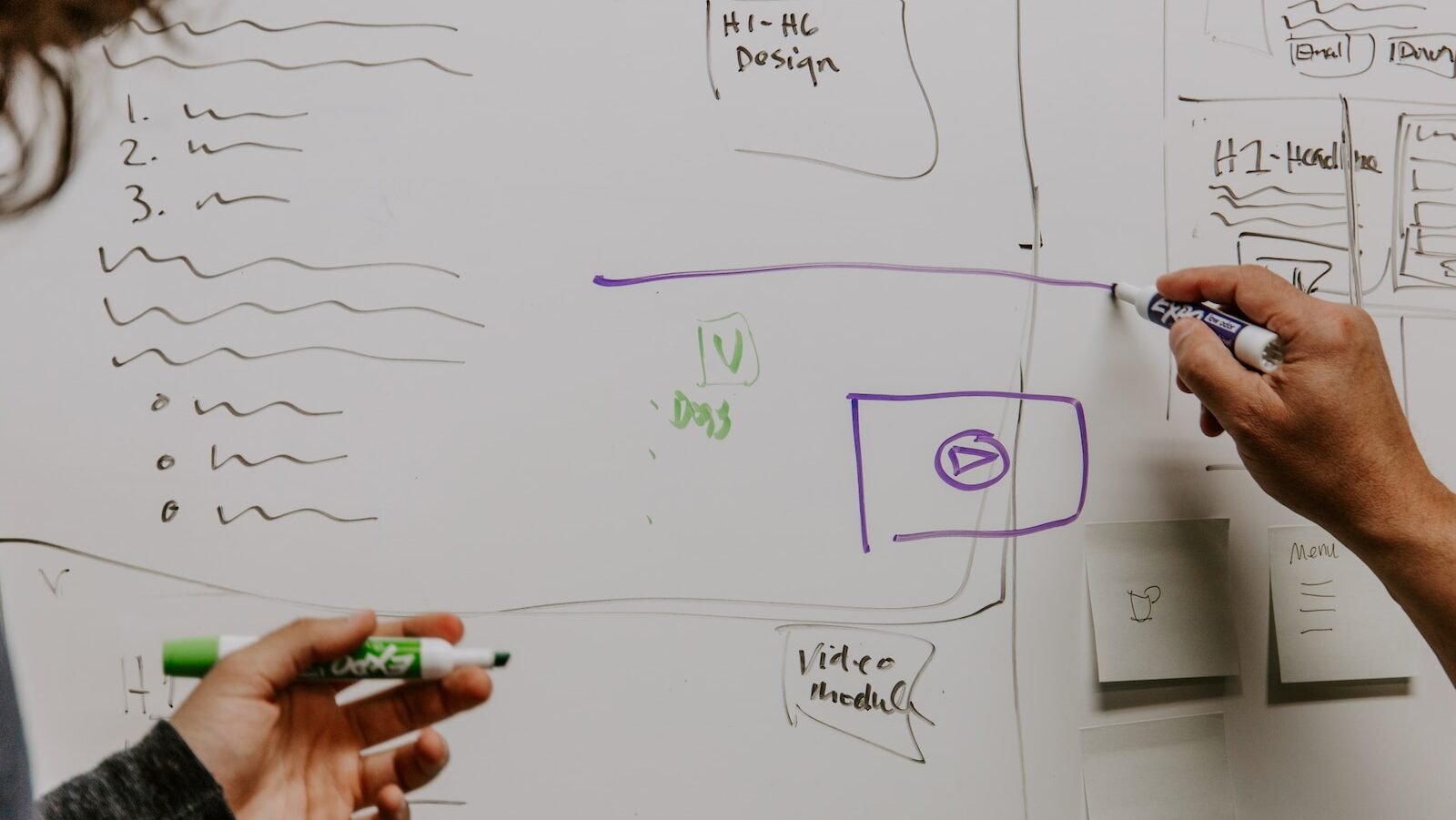In Google Analytics, a funnel refers to a series of web pages or steps that website visitors go through to achieve a specific goal, such as making a purchase or completing a form. Funnel tracking allows you to analyze the conversion process and identify drop-off points where users abandon the path to the goal. This information is valuable for understanding user behavior, optimizing website design, and improving the conversion rate. There are two main types of funnels in Google Analytics:
- Goal Funnel:
- Definition: A goal funnel is a predefined sequence of pages that users should visit to complete a specific goal on your website, like a purchase confirmation page or a thank-you page after submitting a form.
- Use: Goal funnels help you track user progress through the desired steps and identify where users are dropping off, allowing you to optimize the conversion path for better results.
- E-commerce Funnel:
- Definition: An e-commerce funnel is specifically used for tracking the steps involved in the checkout process of an online store. It includes pages like the cart, shipping information, and payment confirmation.
- Use: E-commerce funnels are essential for e-commerce websites to identify bottlenecks in the purchasing process and improve the overall shopping experience.
How to Use Funnels for Performance Evaluation:
- Set Up Goals or E-commerce Tracking: Before you can use funnels, you need to set up goals or e-commerce tracking in your Google Analytics account. Define the specific actions or pages that constitute a conversion or purchase.
- Create Funnels: After setting up goals or e-commerce tracking, create funnels by specifying the sequence of pages users should follow to complete the goal or purchase. You can do this within Google Analytics.
- Analyze Funnel Data: Once your funnels are set up, monitor the data regularly. Analyze the conversion rate at each step of the funnel to identify drop-off points. This information can reveal where users are encountering issues or friction in the process.
- Optimize the Conversion Path: Use the insights gained from funnel analysis to make improvements to the pages and steps that are causing drop-offs. This might involve optimizing page load times, simplifying forms, or clarifying product descriptions.
- A/B Testing: Implement A/B testing to experiment with different versions of the pages within the funnel. Test variations to see which ones lead to higher conversion rates and better performance.
- Iterate and Improve: Continuously monitor your funnels and make iterative improvements based on the data. Over time, this process should lead to higher conversion rates and improved website performance.
Funnels in Google Analytics provide a powerful way to track user behavior and optimize your website’s conversion paths. By understanding where users drop off in the conversion process and taking steps to address those issues, you can enhance the user experience and ultimately achieve better performance in terms of achieving your website’s goals.
A conversion funnel, also known as a sales funnel or purchase funnel, is a visual representation of the steps a potential customer goes through from initial awareness or interest in a product or service to the final conversion or purchase. It is a crucial concept in marketing and sales, and it helps businesses understand the customer journey and optimize the process for higher conversions. The stages of a typical conversion funnel include:
- Awareness Stage:
- Top of the Funnel (TOFU): At this stage, potential customers become aware of your brand, product, or service. They may have encountered your brand through online ads, social media, content marketing, or word-of-mouth. The goal is to grab their attention and create interest.
- Interest Stage:
- Middle of the Funnel (MOFU): In this stage, potential customers are showing more interest in what you offer. They might research your products, visit your website, read blog posts, or engage with your content. The aim is to educate and nurture their interest.
- Consideration Stage:
- Middle of the Funnel (MOFU): At this point, prospects are seriously considering your product or service. They might compare your offerings with competitors, read reviews, and explore pricing options. The goal is to build trust and provide valuable information.
- Intent Stage:
- Bottom of the Funnel (BOFU): In the intent stage, potential customers have a strong intention to make a purchase. They might add items to their cart, sign up for a trial, or request a quote. The objective is to encourage them to take the final step.
- Purchase Stage:
- Bottom of the Funnel (BOFU): This is the ultimate conversion stage where prospects become customers by making a purchase, signing up for a subscription, or completing a transaction. The goal is to make the buying process as smooth as possible.
- Post-Purchase Stage:
- Retention and Loyalty: The customer journey doesn’t end after a purchase. It’s essential to maintain a positive relationship with customers, provide support, and encourage repeat business. Satisfied customers can become advocates and refer others.
- Advocacy Stage:
- Retention and Loyalty: In some models, advocacy is considered a separate stage. Satisfied customers who have had a positive experience with your product or service may become brand advocates, recommending your offerings to others, leaving reviews, or sharing their experiences on social media.
It’s important to note that not all customers will progress through every stage of the funnel, and some may enter the funnel at different points. Additionally, the specific stages and terminology uses can vary between businesses and industries. The goal of understanding the conversion funnel and its stages is to tailor marketing and sales strategies to address the needs and behaviors of potential customers at each stage, ultimately maximizing conversions and customer retention.

Leave a Reply